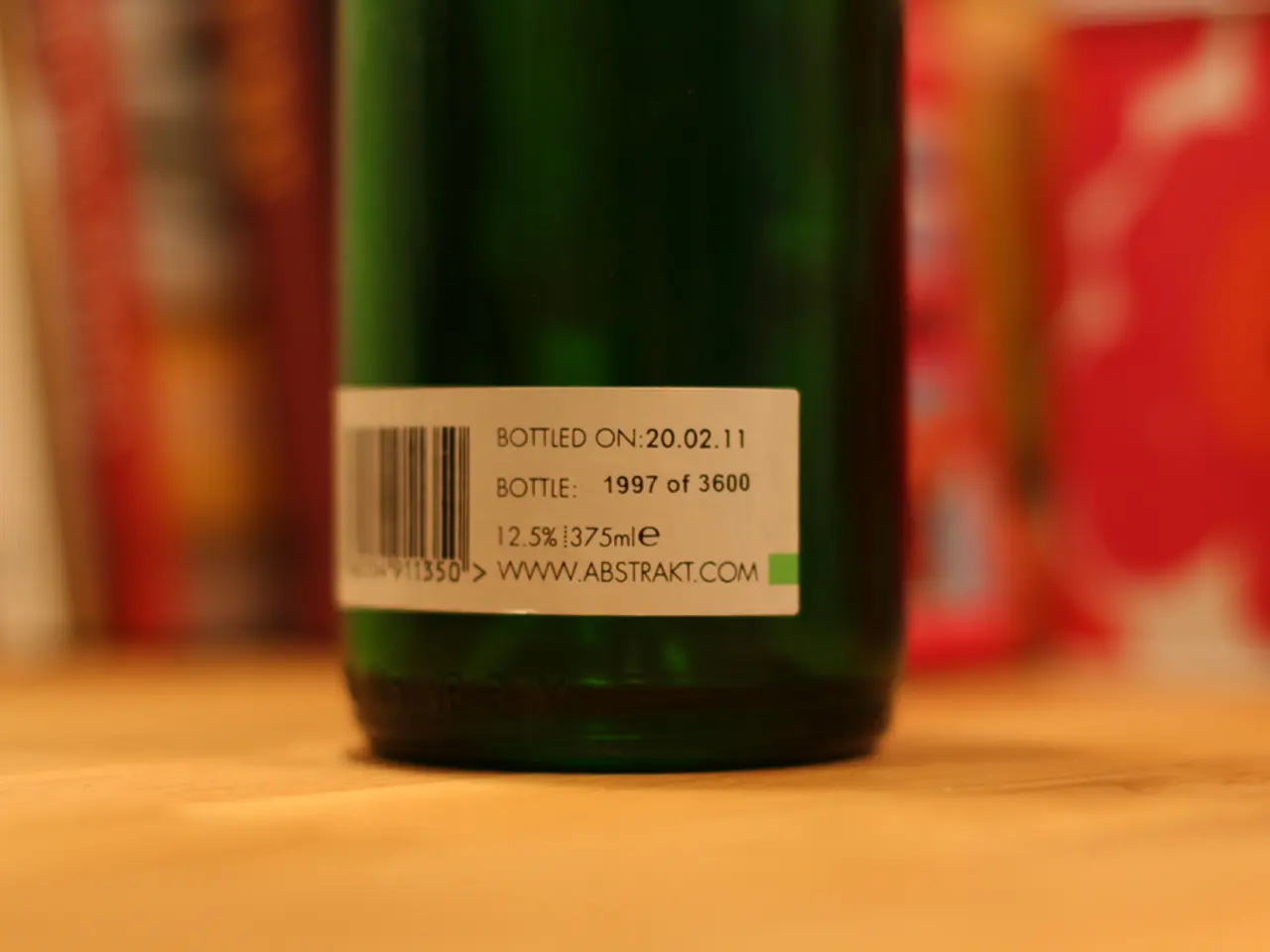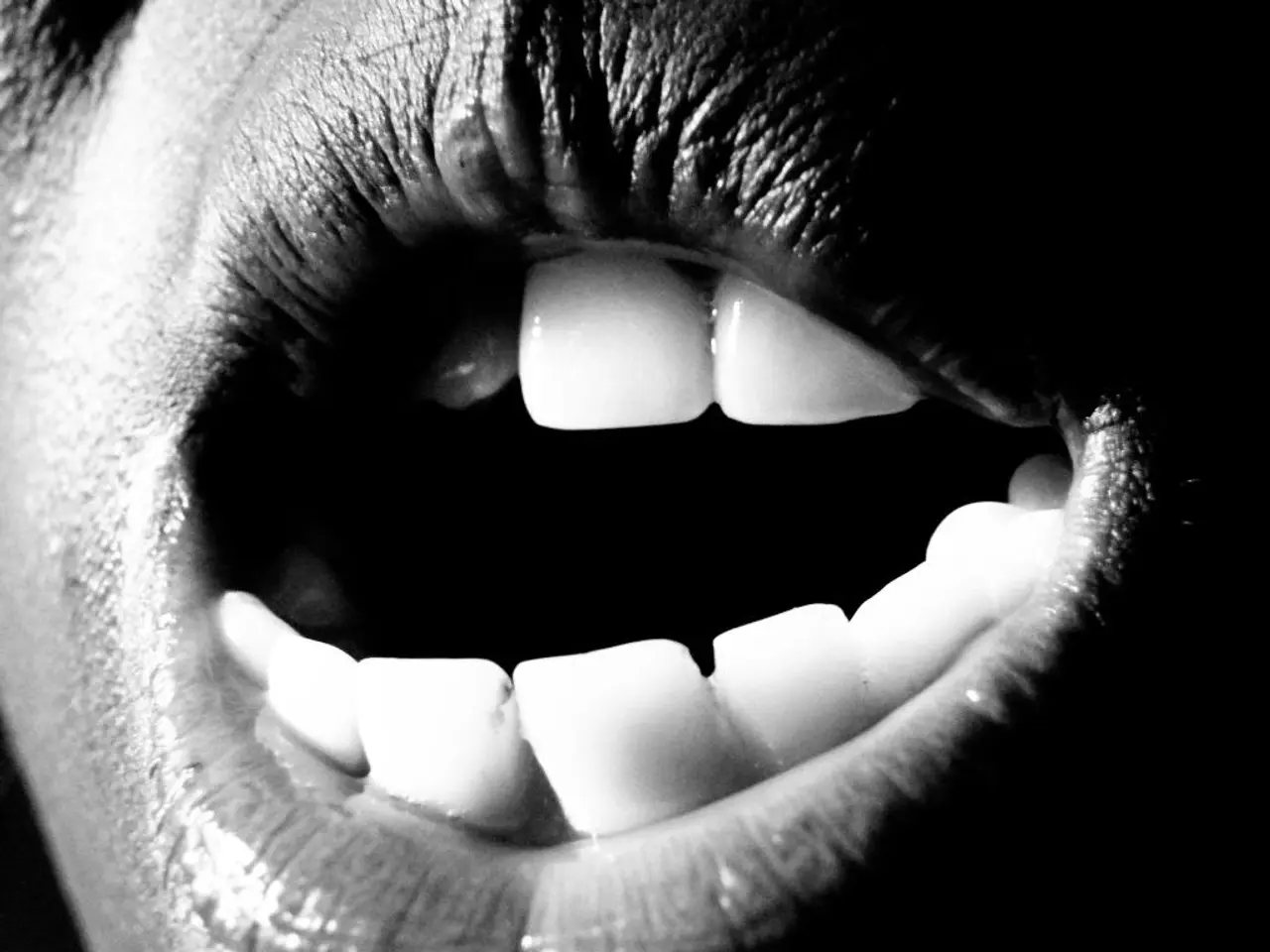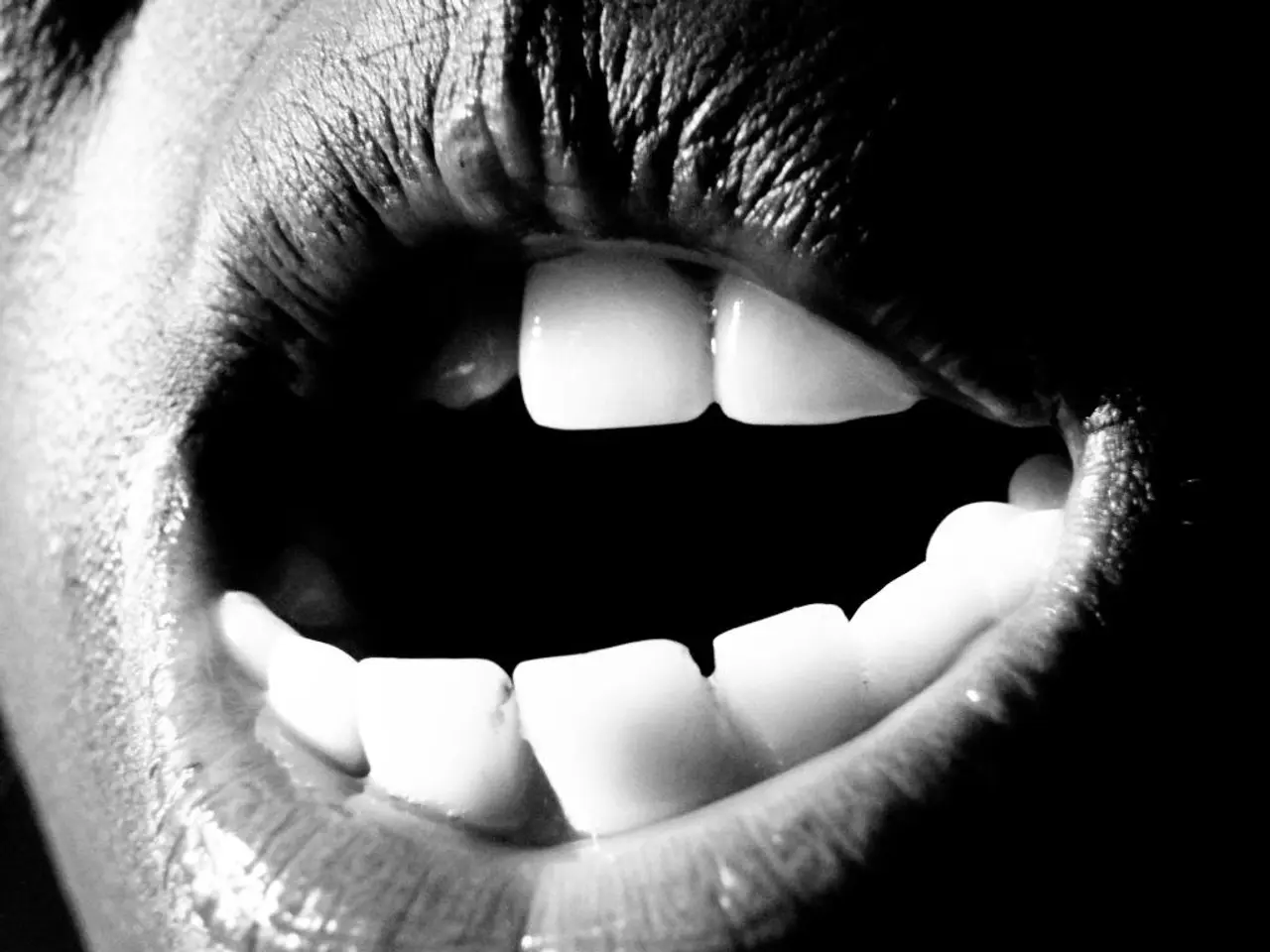Blister Infection: Characteristics, Emergency Aid, Remedies, and Recovery
**Article Title: Identifying and Treating Infected Blisters: A Comprehensive Guide**
Blisters, while often a nuisance, are usually harmless skin irritations caused by friction. However, in some cases, they can become infected and potentially lead to serious health conditions. This article aims to help you differentiate between infected and non-infected blisters and provide guidance on treatment.
**Distinguishing Infected and Non-Infected Blisters**
To identify an infected blister, consider its appearance, surrounding skin, pain level, swelling, other symptoms, and healing time.
| Feature | Non-Infected Blister | Infected Blister | |-----------------------|------------------------------------------------------|-------------------------------------------------------------| | Appearance | Clear fluid-filled bubble, usually painless or mildly tender | Pus or cloudy fluid, yellow or green drainage from blister | | Skin around blister | Surrounding skin normal or mildly red due to irritation | Redness or discoloration spreading around the blister | | Pain level | Mild discomfort or tenderness | Increasing pain or tenderness, worsens over time | | Swelling | Minimal or localized swelling | Noticeable swelling with warmth around blister | | Other symptoms | Generally localized without systemic symptoms | Possible fever, swollen lymph nodes, feeling of warmth, foul smell| | Healing time | Heals within days without worsening | Does not heal, blister enlarges or worsens over time |
**Symptoms of an Infected Blister**
If you notice pus or colored discharge, redness and spreading discoloration, increased pain or tenderness, swelling and warmth, foul odor, possible fever, or swollen lymph nodes, you may be dealing with an infected blister. These symptoms are similar to those seen in infected wounds or stitches.
**Additional Notes**
Blisters caused by viral infections like herpes often present as clusters of clear, painful blisters, sometimes accompanied by systemic symptoms. These viral blisters may ulcerate but are not necessarily infected by bacteria unless secondarily contaminated.
Bacterial infections associated with blisters, such as impetigo, can cause pus-filled lesions and redness and require antibiotic treatment.
Non-infected blisters typically heal within a few days as the fluid is reabsorbed or the blister dries out.
**Treatment and Prevention**
For non-infected blisters, keep the area clean and dry, and use a soft dressing or pad to protect it. Most blisters heal on their own within 1-2 weeks. If a blister pops, Vaseline can be applied and a Band-Aid can be used to cover it daily until it heals.
If a blister becomes infected, consult a doctor who may prescribe antibiotic tablets or a topical ointment. Over-the-counter topical antibiotics, such as Neosporin, can cause allergic contact dermatitis in some individuals.
To prevent blisters, avoid pressure on the affected area and avoid tight shoes. If you have diabetes, particularly long-term diabetes, you should be extra careful of blisters as you may not feel pain in your feet. Blister bandages may speed up healing but should be used with caution if a skin infection is suspected.
If you notice signs of infection such as increasing pain, pus, redness, swelling, warmth, foul smell, or fever, you should seek medical care promptly for evaluation and possible treatment. Early intervention can help prevent complications such as cellulitis, a common skin infection that can be serious, causing red or swollen skin, fever, and blisters on the surface of the infected area.
- Some serious health conditions can stem from infected blisters, such as diabetes, bipolar, multiple sclerosis, macular degeneration, colitis, psoriasis, psoriatic arthritis, spondylitis, tier 1 diabetic foot ulcers, or atopic dermatitis.
- If left untreated, a bacterial infection like impetigo can also lead to more complex medical-conditions like type 2 diabetes, hepatitis, or degenerative diseases.
- Similar to the symptoms of an infected blister, migraines, ulcerative colitis, and ankylosing spondylitis can cause swelling, redness, and discomfort that may necessitate medical-health intervention.
- In severe cases, an infected blister could progress to conditions like dry-eye or dry-mouth syndromes, predictive of autoimmune diseases or conditions related to mental-health.
- Certain skin-care conditions, such as dry skin, eczema, and skin-conditions like dermatitis, can be exacerbated by bacteria entering infected blisters.
- In addition to seeking appropriate medical-health treatments, some people turn to alternative therapies-and-treatments like CBD products for managing pain and inflammation related to skin-conditions associated with infected blisters.
- It's crucial to remember that although non-infected blisters are usually harmless, they can mask underlying medical-conditions, such as diabetes, multiple sclerosis, or macular degeneration.
- Medical-science continually monitors the correlation between various medical-conditions and skin-care issues like infected blisters, seeking ways to improve preventative care, diagnosis, and treatment methodologies.
- Infections can even occur within the eyes, such as macular edema, which is a complication of diabetic retinopathy and may require medical-health intervention through therapies and appointments.
- Some conditions, like psoriatic arthritis, rheumatoid arthritis, and ankylosing spondylitis, simultaneously affect the skin and joints and may require a combination of medication, physical-therapies, and lifestyle adjustments.
- If a blister becomes infected, medical-health professions may recommend treating it with antibiotics to prevent further complications, like macular edema or a macular hole.
- In the case of hepatitis caused by infected blisters, early diagnosis and prompt treatment can help prevent chronic liver-disease and the potential need for liver-transplantation.
- By adopting healthy practices related to health-and-wellness, observing warning signs, and seeking medical-care promptly, individuals can potentially avoid serious medical-conditions stemming from infected blisters.
- Recognizing the potential for complicated medical-conditions associated with infected blisters is crucial for maintaining overall health and wellness, ensuring that proper care is sought and provided in a timely manner.
- Furthermore, understanding the link between various medical-conditions and infected blisters contributes to a holistic and informed approach to skin-care and overall well-being.




